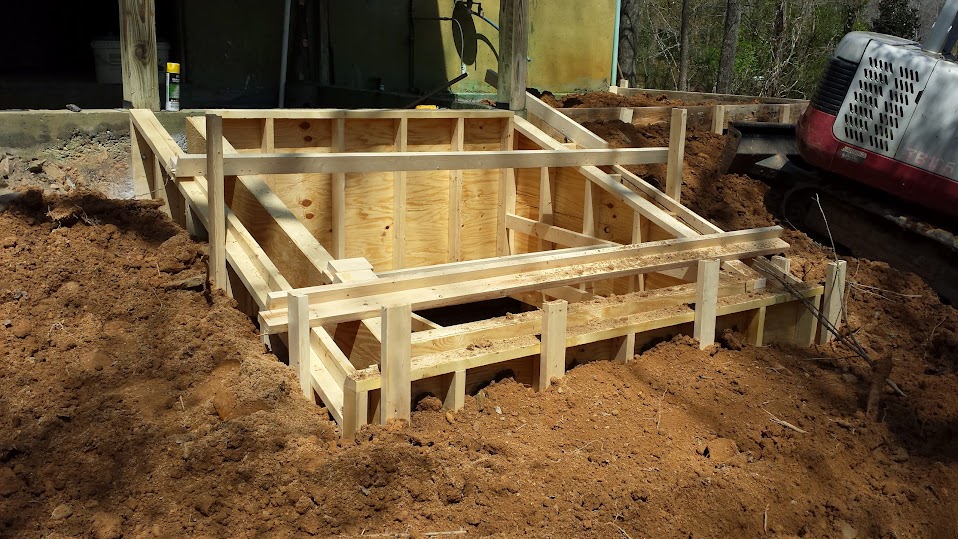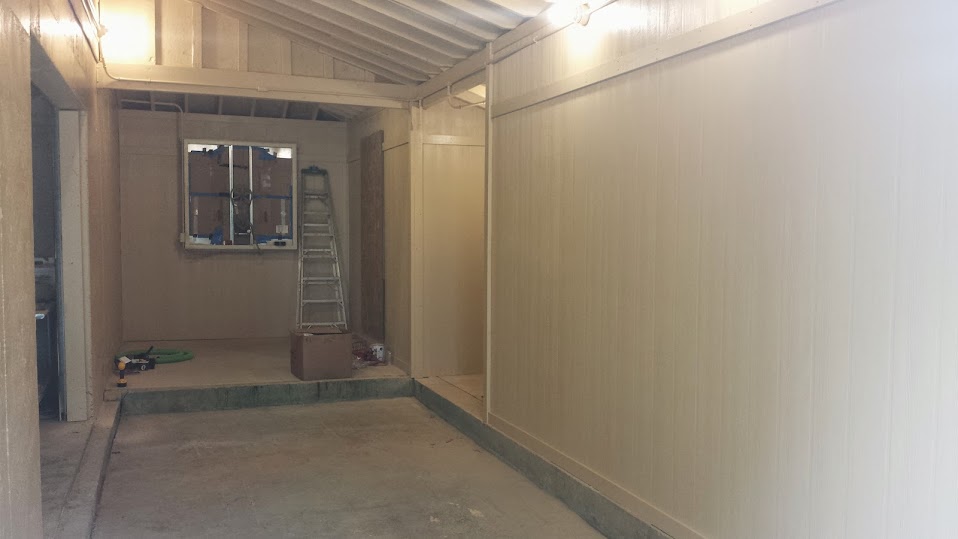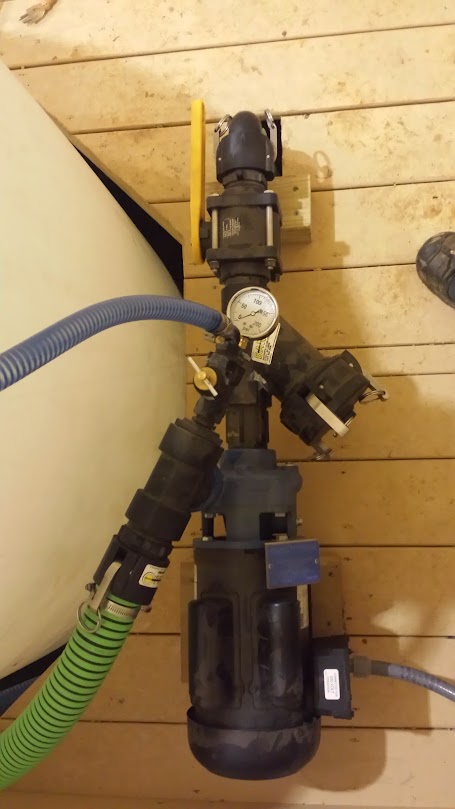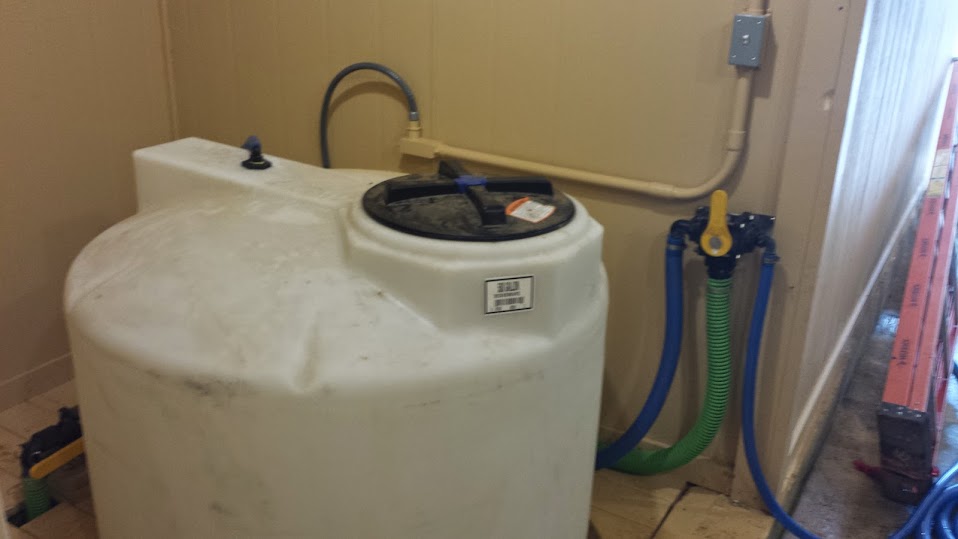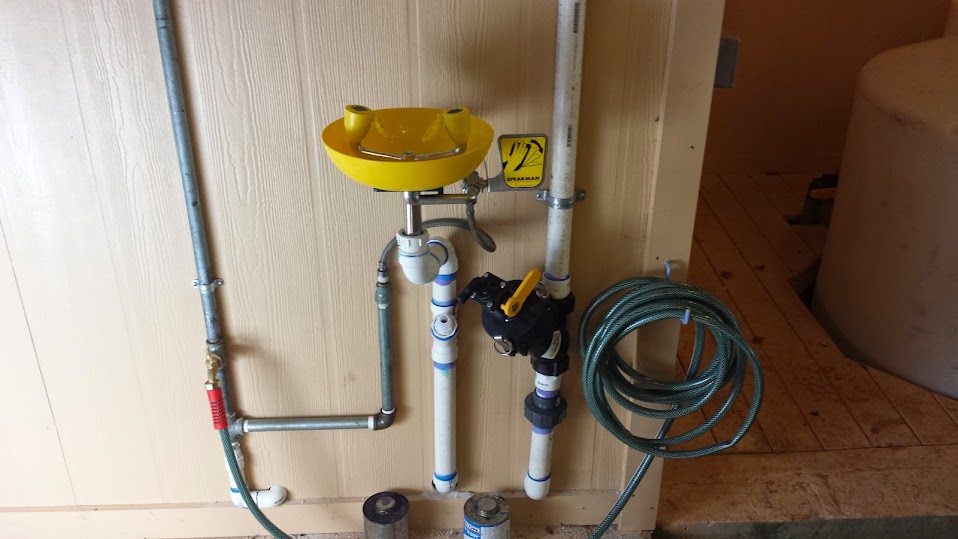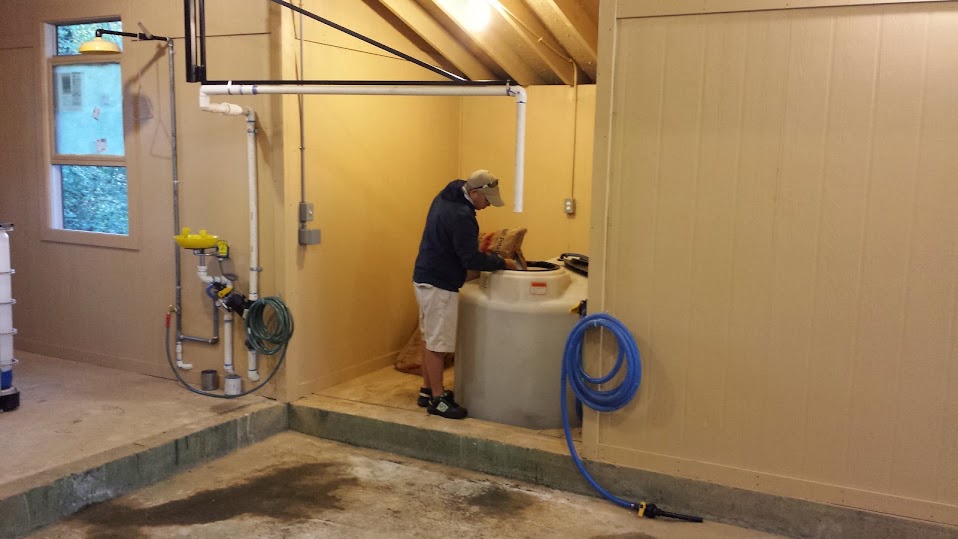John Deere 7500 Fairway Mower
I had a John Deere 7500 fairway mower that needed the rear inner ball joint replaced. I looked up the factory part and discovered it was over $300 dollars for just one inner tie rod. I have seven of these mowers and three of the 8800's which take the same ball joints. It was time to make a conversion kit.
The steering cylinder has internal threads (M16 x 1.50). The ball joint has external threads (M18 x 1.5). I looked for hours to find a direct replacement with no luck. As you may know, John Deere does a great job at making parts proprietary. As a result, I contacted Moog Suspension Parts. The gentleman I spoke with sent me a PDF of inner tie rod ends and outer tie rod ends. It listed all the specifications for each ball joint part number. From the PDF, I was able to find something that was close. The issue with the closest outer tie rod I could find, was that the taper that goes through the spindle was, in fact, too small.
That started another search for an adapter to fit the spindle hole. The top of the hole in the spindle has an I.D. of .875". The closest outer ball joint I could find had an OD. of .708" at it's largest point. After some more research, I found an adapter from Teraflex (part # 990113). I contacted a representative from Teraflex to get the dimensions of the adapter. The adapter has a straight OD of .875" and inside it has a 1.5 inch/foot taper. The top of the taper is .663" and it is .556" at the bottom.
I had to remove the taper from the spindle. I started with a 13/16" drill bit, followed by a 7/8" bit. After the hole was drilled, I installed the adapter.
The steering cylinder has internal threads (M16 x 1.50). The ball joint has external threads (M18 x 1.5). I looked for hours to find a direct replacement with no luck. As you may know, John Deere does a great job at making parts proprietary. As a result, I contacted Moog Suspension Parts. The gentleman I spoke with sent me a PDF of inner tie rod ends and outer tie rod ends. It listed all the specifications for each ball joint part number. From the PDF, I was able to find something that was close. The issue with the closest outer tie rod I could find, was that the taper that goes through the spindle was, in fact, too small.
That started another search for an adapter to fit the spindle hole. The top of the hole in the spindle has an I.D. of .875". The closest outer ball joint I could find had an OD. of .708" at it's largest point. After some more research, I found an adapter from Teraflex (part # 990113). I contacted a representative from Teraflex to get the dimensions of the adapter. The adapter has a straight OD of .875" and inside it has a 1.5 inch/foot taper. The top of the taper is .663" and it is .556" at the bottom.
I had to remove the taper from the spindle. I started with a 13/16" drill bit, followed by a 7/8" bit. After the hole was drilled, I installed the adapter.
I ordered the inner ball joint (part # EV415) and outer ball joint (part # ES3466) from O'Reilly Auto Parts. The inner ball joint has external threads (M16 x 1.5) on the cylinder end and (M14 x 1.5) on the other side. It's length measures 6.29 inches. The outer ball joint has internal threads (M14 x 1.5) and measures 3.70 inches. I had to cut off a 1/4 inch on the inner ball joint (part # EV415) and a 1/2 inch on the outer ball joint (part # ES3466) to make room for adjustment. I replaced the inner and outer ball joints on both sides.
This project took a lot of research but, in the end, was well worth it. The total cost of the repairs to replace the ball joints on both sides was under $100 dollars. If I had replaced all the same parts from John Deere it would have been over $1200 dollars.
Masterpro EV415 - $12.06
Masterpro ES3466 - $22.12
Teraflex 990113 - $11.39
If you have any questions feel free to shoot me an email tmanning@ansleygc.org















